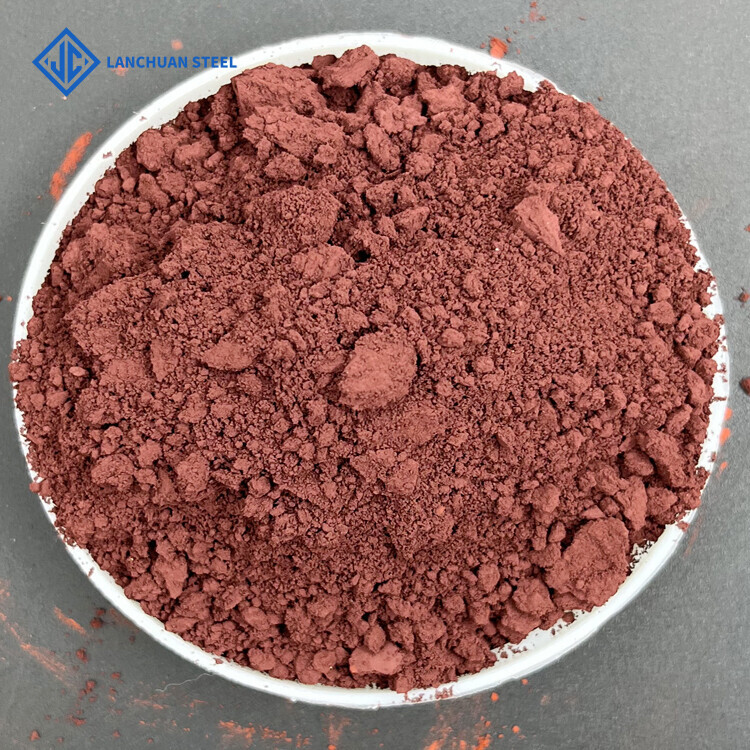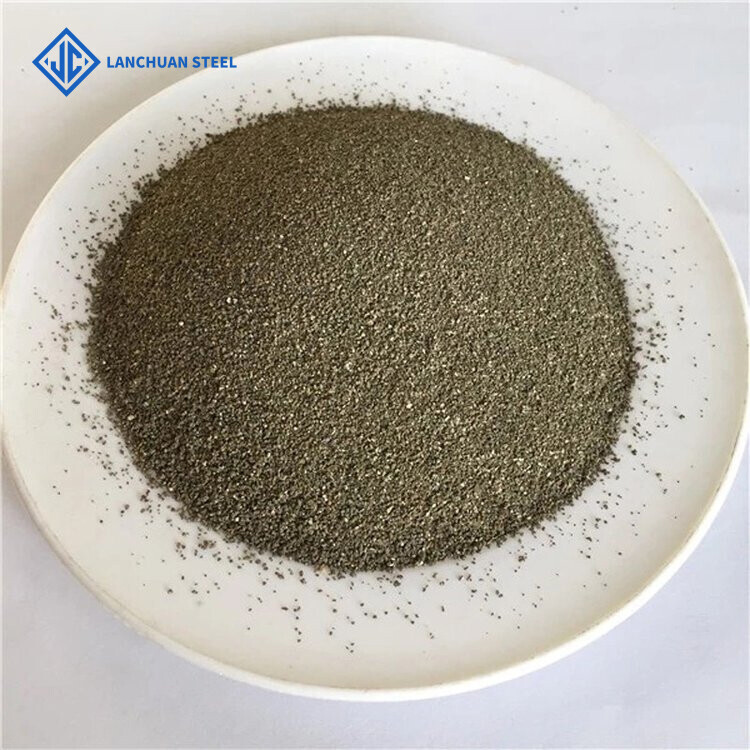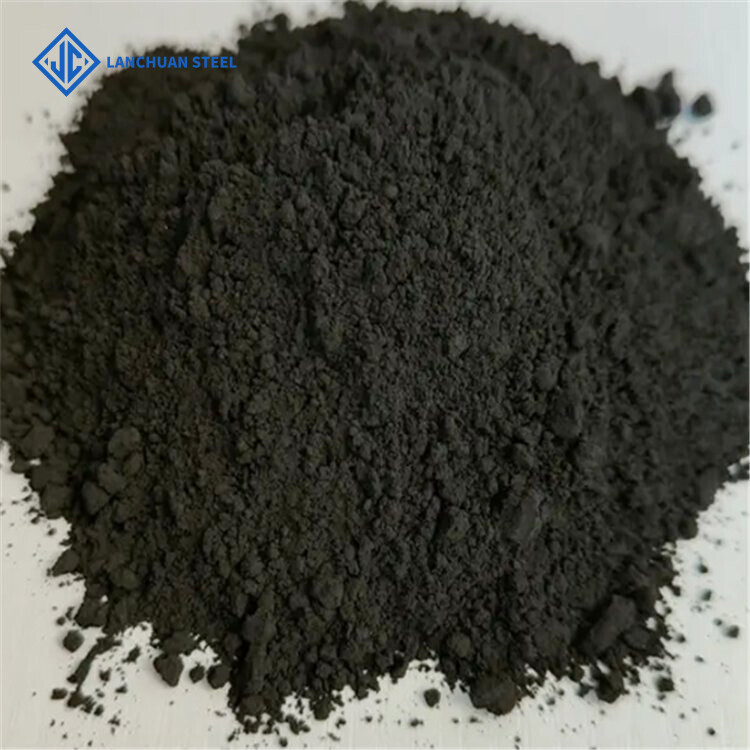Product Introduction
The chemical formula of hematite is Fe2O3. Generally, iron ores are different. For example, the types of iron ores can be extended to hematite, magnetite, zeolite, limonite, and siderite. One of the most prominent features of hematite is its corrosion resistance. Its appearance is reddish brown. In terms of mineralogy and formation time, hematite is very different from magnetite, which is another iron ore with the formula of Fe3O4. It is also called allogeneic hematite, and the most important characteristic of this iron ore is the presence of a small amount of water in its composition. The color of this iron ore can change from steel gray to iron black. However, its thin parts may be dark red.
In terms of physical properties, this stone is formed in various forms such as microbial, massive, crystalline, fibrous, etc. The formation environment of this mineral is mostly volcanic environment or sedimentary rock, so it can be divided into two phases, where the main phase is represented by the formula of Fe2O3 and the secondary phase is represented by the formula of Feo(OH). Since 40,000 years ago, humans have begun to use the method of crushing hematite into powder to make pigments. Pigments are usually named after the place of origin. The discoloration is due to the type of hematite used and a combination of impurities such as clay and other iron oxides.
Another application of hematite is its widespread use in the oil and gas industry, especially in drilling fluids. The main problem in some drillings is high hydrostatic pressure, which is directly related to the weight of the fluid. Since drilling in high-pressure areas is always associated with the risk of kicks, the use of this product has been recognized by drilling experts, especially in cases where fluid weights of more than 19 PPG are required in terms of hydrostatic pressure control. Therefore, this material is specified in the API standard. However, the amount of this product mentioned in the standard is usually higher than the needs of consumers. The specific gravity figure listed in the standard is 5.05 SG, which is often difficult to find and expensive to produce. Especially when the available standard specifications evaluate another criterion besides the size of the hematite, which is a measure of the material's hardness or calcium content.
Get real-time quotes
Interested? Leave your contact details.




